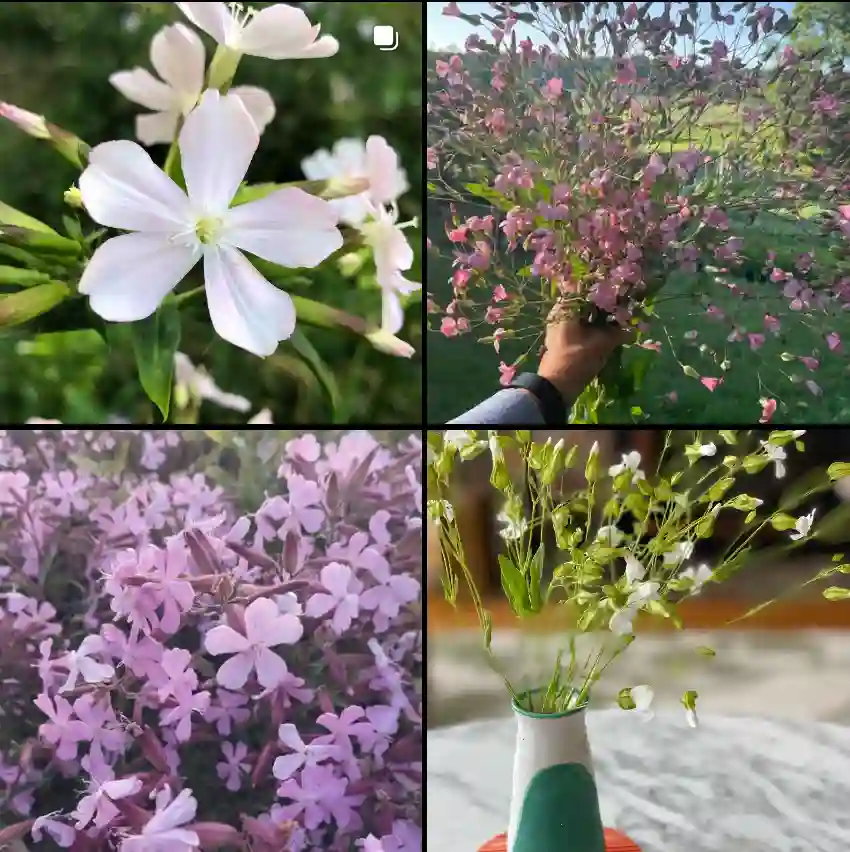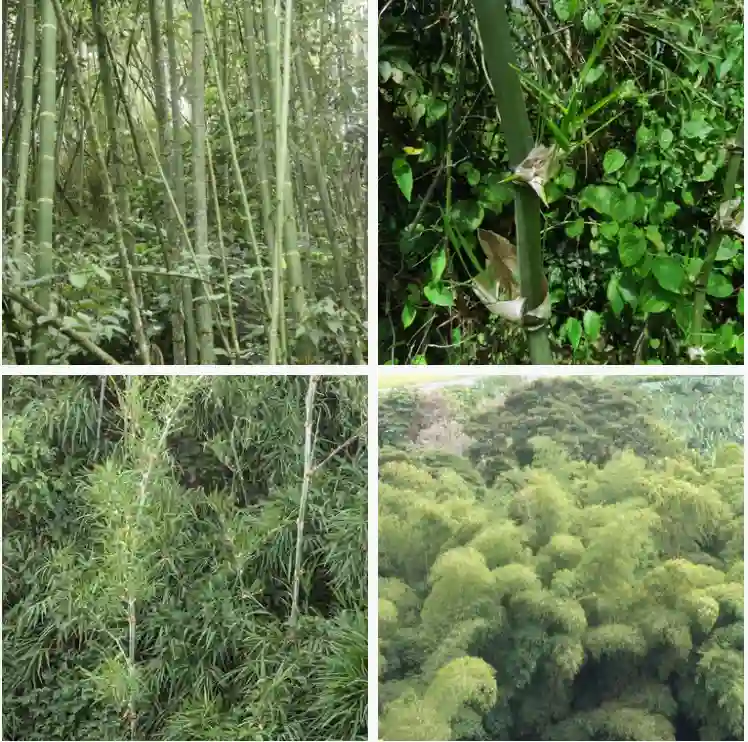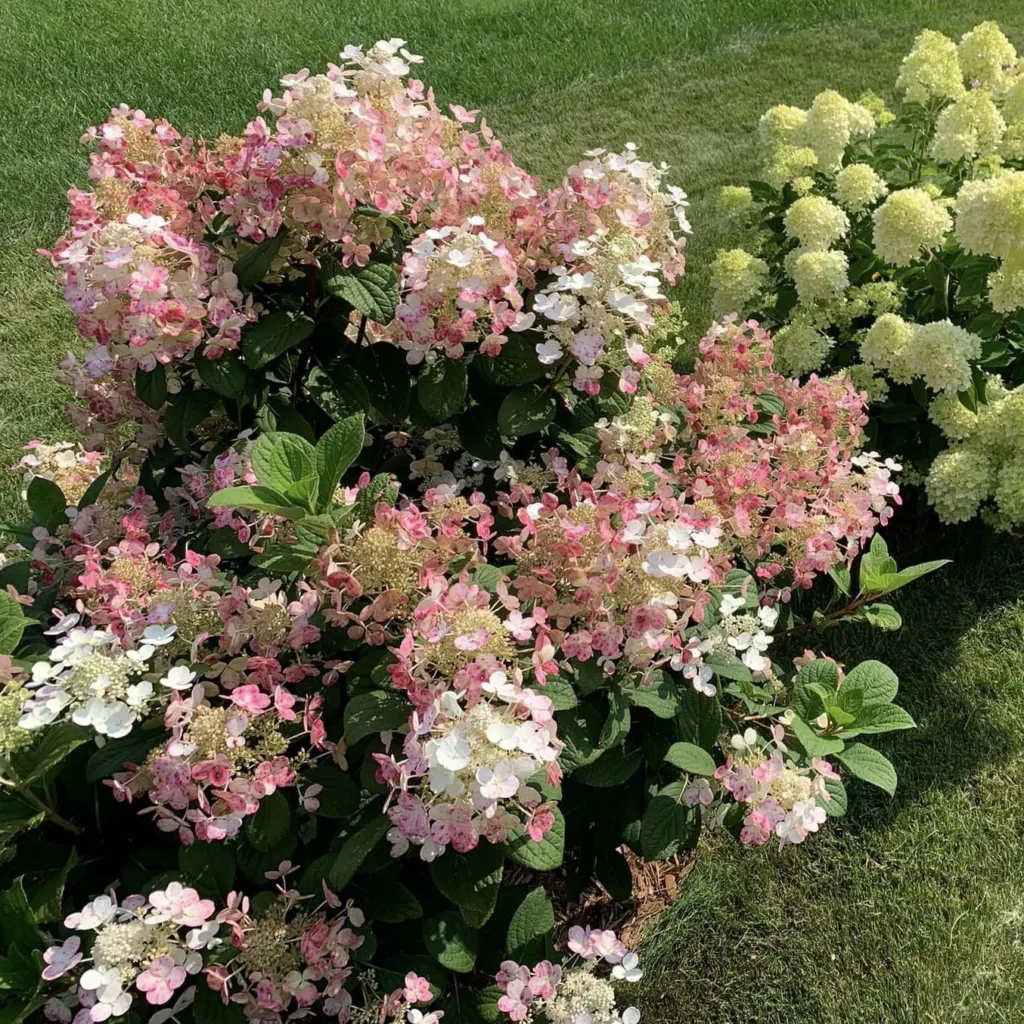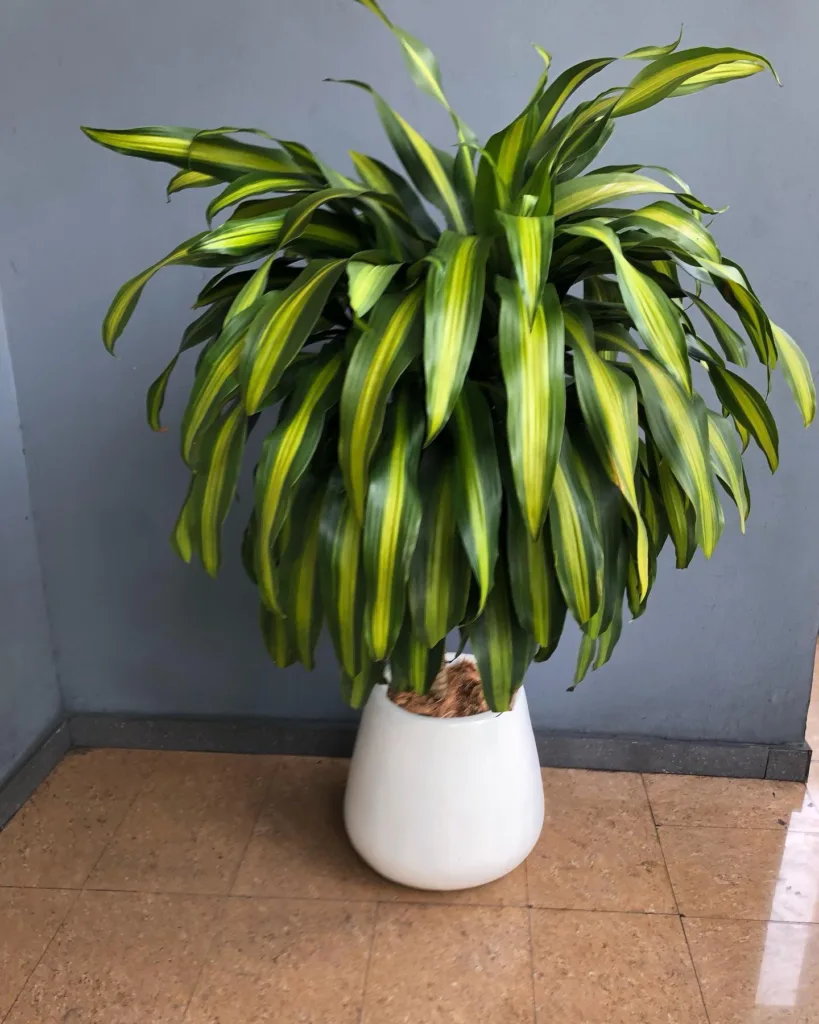
How to propagate Ficus triangularis?
Propagating Ficus triangularis is an exciting process that I’ve had success with. I typically take stem cuttings from a healthy, mature plant. I make sure each cutting has several nodes and remove any leaves from the lower portion. Then, I dip the cut end in rooting hormone and plant it in a well-draining soil mix. I keep the soil moist and provide indirect light until roots develop, which usually takes a few weeks. Once roots have formed, I transfer the cuttings to individual pots and continue to care for them as I would with mature plants.
880 Species in Genus Ficus
How to care for Ficus triangularis?
Caring for Ficus triangularis is relatively straightforward, but it does require some attention to detail. I find that placing it in a location with bright, indirect light works best. I water it when the top inch of soil feels dry, making sure not to overwater as this can lead to root rot. Regular pruning helps maintain its shape and encourages bushier growth. Overall, it’s a rewarding plant to care for, and with the right conditions, it can thrive indoors for years.
Is Ficus triangularis an indoor plant?
Yes, Ficus triangularis is primarily an indoor plant. It thrives in the controlled environment of a home or greenhouse, where it can enjoy consistent temperatures and protection from harsh weather conditions. While it can tolerate some outdoor conditions in warmer climates, it’s generally best suited for indoor cultivation.
Why is my Ficus triangularis dropping leaves?
If your Ficus triangularis is dropping leaves, it could be due to various reasons. Overwatering, underwatering, sudden changes in light or temperature, or pests can all cause leaf drop. I would recommend checking the soil moisture, adjusting watering habits, and inspecting the plant for signs of pests or diseases to determine the underlying cause and take appropriate action to address it.
Are Ficus triangularis poisonous to cats?
Ficus triangularis is considered toxic to cats if ingested. The plant contains compounds that can cause gastrointestinal upset, such as vomiting and diarrhea, if consumed in large quantities. To keep both your cat and plant safe, it’s best to place Ficus triangularis out of reach or opt for pet-friendly plants instead.
Is Ficus triangularis toxic to dogs?
Ficus triangularis is considered toxic to dogs if ingested. Like with cats, the plant contains compounds that can cause gastrointestinal upset in dogs if consumed in large quantities. It’s essential to keep Ficus triangularis out of reach of pets or opt for pet-friendly plants to ensure their safety.
What are the little balls on my Ficus triangularis?
The little balls on your Ficus triangularis are likely aerial roots. These roots are a natural part of the plant’s growth process and help it anchor to supports and absorb moisture and nutrients from the air. They’re nothing to worry about and can be left alone or trimmed if they become too unruly.
What causes Ficus triangularis leaves to turn yellow?
Yellowing leaves on Ficus triangularis can be a sign of various issues, including overwatering, underwatering, nutrient deficiencies, or pest infestations. I would recommend checking the plant’s soil moisture, adjusting watering habits, and inspecting the leaves for signs of pests or nutrient deficiencies. Addressing the underlying cause should help prevent further yellowing and promote healthier growth.
What is the typical growing season for Ficus triangularis?
Ficus triangularis doesn’t have a typical growing season in the same way that outdoor plants do, as it’s primarily grown indoors. However, it may experience periods of active growth during the warmer months when light levels are higher and temperatures are more favorable. With proper care, Ficus triangularis can grow steadily throughout the year, regardless of the season.
If i die, water my plants!



